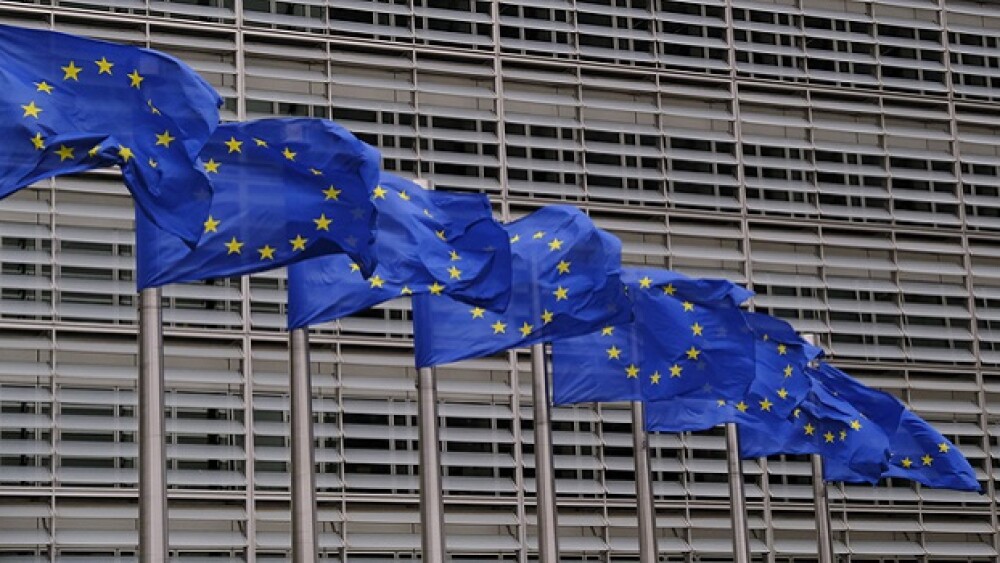New research published today in the Journal of Cell Biology illuminates the mechanical factors that play a critical role in the differentiation and function of fibroblasts, connective tissue cells that play a role in wound healing and scar tissue formation.When we are injured, the body launches a complex rescue operation. Specialized cells called fibroblasts lurking just beneath the surface of the skin jump into action, enter the provisional wound matrix (the clot) and start secreting collagen to close the wound as fast as possible. This matrix is initially soft and loaded with growth factors. The fibroblasts “crawl” around the matrix, pulling and reorganizing the fibers. The matrix grows stiffer, and at a certain point, the fibroblasts stop migrating and, like Popeye, change into powerful contractile cells, anchoring themselves to the matrix and pulling the edges of the wound together.




